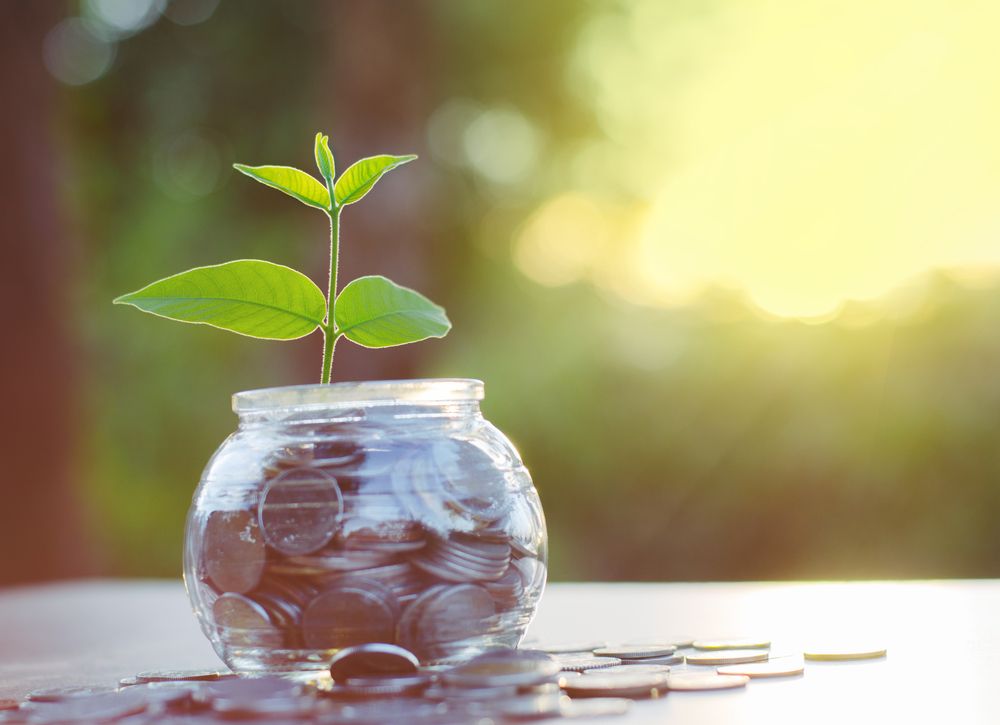
Welcome to a new era of banking, one that promises not just financial returns but also a healthier planet. The emergence of green banking is a remarkable evolution in the financial world, one that aligns the power of money with the force of sustainability. In this article, we’ll explore the ins and outs of green banking, its potential to drive significant environmental change, and how it’s carving a path to a sustainable future. Get ready to be both informed and engaged as we delve into the world of green banking.
What is Green Banking?
Green banking is not merely a trend; it’s a revolution in the financial sector that focuses on supporting projects and initiatives that benefit the environment. It’s a banking system that promotes eco-friendly practices and prioritizes lending for sustainable projects, such as renewable energy, energy efficiency, and conservation. The core aim of green banking is to minimize the carbon footprint of banking operations and to encourage environmentally responsible investments.
Green banks offer a range of services, from green loans and mortgages for eco-friendly homes and businesses to investment products that support environmental sustainability. They also practice what they preach by implementing paperless banking, energy-efficient office spaces, and reducing their own operational impacts on the environment.
The beauty of green banking lies in its potential to mobilize financial resources for the greater good. It provides a platform for consumers and businesses to make a conscious choice about where their money is being invested, ensuring it supports initiatives that they care about and that have positive outcomes for the planet.
The Role of Green Banks in Climate Change Mitigation
Climate change is undoubtedly one of the most pressing issues of our time, and green banks are stepping up as key players in the fight against it. By directing capital towards low-carbon and climate-resilient development, green banks help reduce greenhouse gas emissions and support adaptation strategies that protect communities from the impacts of climate change.
Investing in renewable energy projects, such as wind and solar farms, is a significant part of this effort. Green banks often provide financing options that make these projects more viable and attractive to investors. Additionally, they support energy efficiency upgrades for buildings and industries, which not only cut emissions but also reduce costs in the long run.
Moreover, green banks are instrumental in funding research and development of new technologies that can help in mitigating climate change. This kind of financial backing is crucial for innovation in sustainable practices and products, enabling a faster transition to a low-carbon economy.
The Economic Benefits of Sustainable Banking
While the environmental advantages of green banking are clear, it also offers compelling economic benefits. Sustainable banking practices can lead to cost savings, open up new markets, and create jobs in green industries. By investing in sustainable development, banks can mitigate risks associated with climate change, such as extreme weather events that can affect the stability of financial markets.
Furthermore, green banking can attract customers who are looking for ethical investment opportunities and who prefer to do business with institutions that reflect their values. This can lead to increased customer loyalty and a stronger, more positive brand image.
On a larger scale, the shift towards sustainable banking can help in creating a more stable and resilient economy. By promoting sustainable practices, banks can contribute to a financial system that is better equipped to handle the challenges posed by environmental issues and that supports long-term economic growth.
Green Banking and Social Responsibility
Green banking is not only about environmental stewardship; it’s also about social responsibility. Green banks often focus on projects that have a positive social impact, such as improving access to clean energy in underserved communities or financing affordable green housing.
These banks play a crucial role in promoting financial inclusion by offering products and services that cater to all segments of society, including the most vulnerable. They can also lead the way in responsible corporate behavior, setting an example for other businesses to follow.
Social responsibility in banking extends to education and awareness as well. Green banks can take the lead in informing their customers and the public about the importance of sustainability and how financial decisions can impact the environment and society.
The Future of Green Banking
As we look to the future, the trajectory of green banking seems promising. With increasing awareness of environmental issues and a growing demand for sustainable products, the green banking sector is poised for significant growth. Innovations in technology, such as blockchain and artificial intelligence, are also expected to play a role in advancing green banking practices and making them more accessible.
Regulatory support is also essential for the growth of green banking. Governments can encourage the development of green finance through incentives, supportive policies, and clear guidelines. As the regulatory framework evolves, it can provide a stable foundation for green banks to flourish.
The future of green banking is not without challenges, but the opportunities it presents are vast. As more financial institutions recognize the importance of sustainability, green banking can become the norm rather than the exception. With continued effort and commitment, green banking has the potential to finance a sustainable future for all.
The emergence of green banking marks a significant shift in the financial industry—one that brings hope for a sustainable future. By supporting environmental and socially responsible projects, green banks are showing that it is possible to do well financially while doing good for the planet. As consumers, businesses, and governments become more attuned to the need for sustainability, green banking stands at the forefront of this positive change, proving that finance can indeed be a force for good. The journey towards a greener future is long, but with the help of green banking, we are on the right path.
